
Hot Thrills and Warm Chills is a no-frills affair of sexploitation malarkey, as three dames plot a jewelry heist during a Mardi Gras masquerade ball. (You know the one: where, at the stroke of midnight, someone is crowned “King Sex.”)
Texas director Dale Berry (Hip, Hot and 21) fails to depict the crime, presumably distracted what with all the parade footage, mirror prancing, stage dancing, stripper acts, makeout sessions, bedroom romps and pendulous breasts of Mars Needs Women abductee Bubbles Cash. As a character quips, “Once a nymph, always a nymph.”
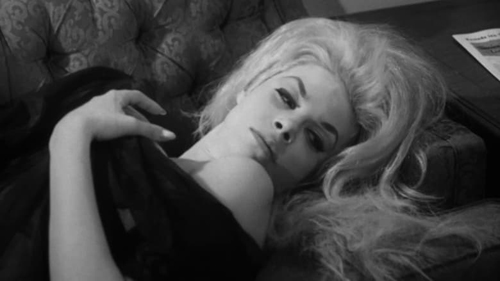
It all takes place in New Orleans, “where babes and booze can be had with the wink of an eye.” That’s the only quick element in the black-and-white pic, all 67 minutes of which feel like 134. In sparkly britches with top to match, Rita Alexander (Fake-Out) ostensibly stars, but mostly just wiggles and wriggles like a worm suddenly cut in half.
Speaking of worms, the rug-cutting music by Dario De Mexico burrows in your ear in a big, bouncy way the movie itself cannot; not for nothing does it appear on — and arguably takes over — Something Weird Video’s Greatest Hits compilation album.
De Mexico’s language-challenged lyrics make more sense than Hot Thrills and Warm Chills‘ overdubbed dialogue. “Haven’t I see you somewhere before?” asks a woman to a guy who responds, “Maybe. I’ve been seen before.” Not seen: Russ Meyer regular Lorna Maitland, who gets top billing, despite being MIA. —Rod Lott

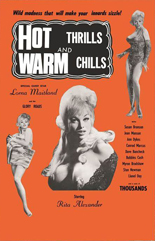
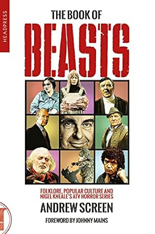

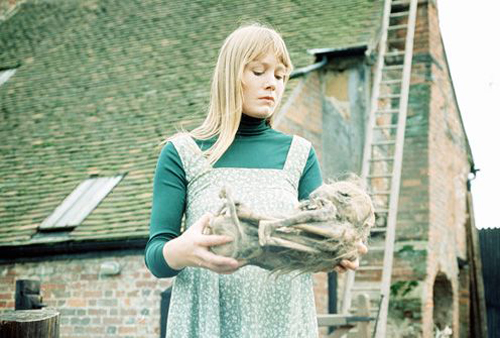


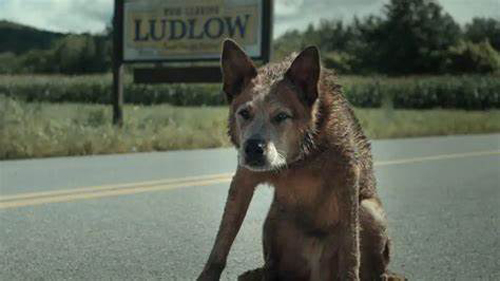

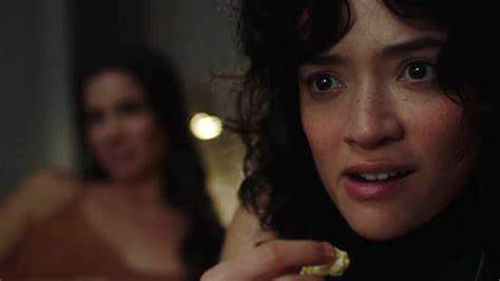
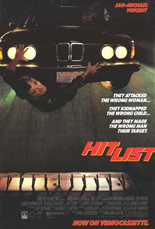
 If William Lustig has a B-movie masterpiece, it’s neither
If William Lustig has a B-movie masterpiece, it’s neither 